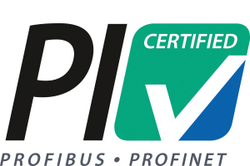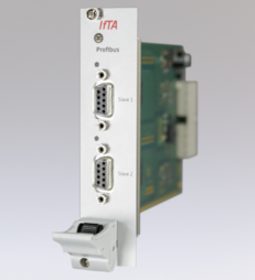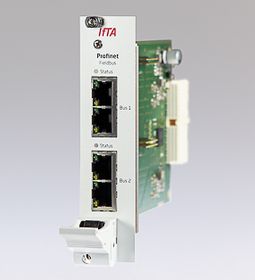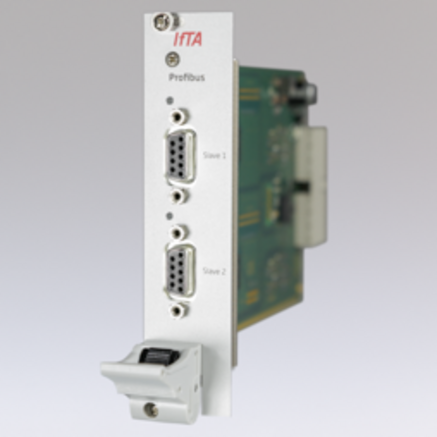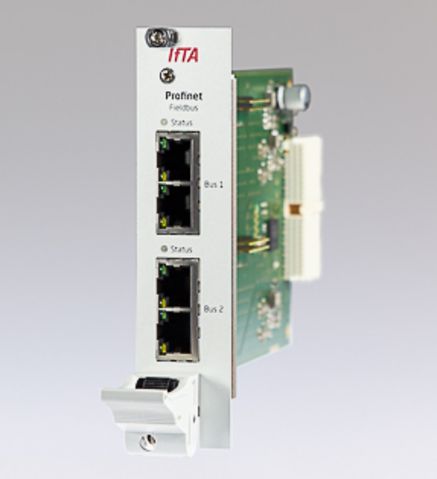Fieldbuses in Industrial Environments
PROFIBUS AND PROFINET
Thanks to their modular design, IFTA measurement systems can be flexibly integrated into existing processes and networks. Data exchange between the IFTA measurement system and the plant control system is important for the smooth operation of the plant. If the communication standards PROFIBUS or PROFINET are used here, the following modules are suitable for sending and receiving data.
What is PROFIBUS and PROFINET and what is the difference?
PROFIBUS and PROFINET are communication standards for the safe automation of plants. PROFIBUS is an established communication standard and, like PROFINET, is developed by the user organization PI. PROFINET is a further development of PROFIBUS based on industrial Ethernet. PROFINET offers advantages such as more bus participants, higher transmission speed as well as larger data packages.
